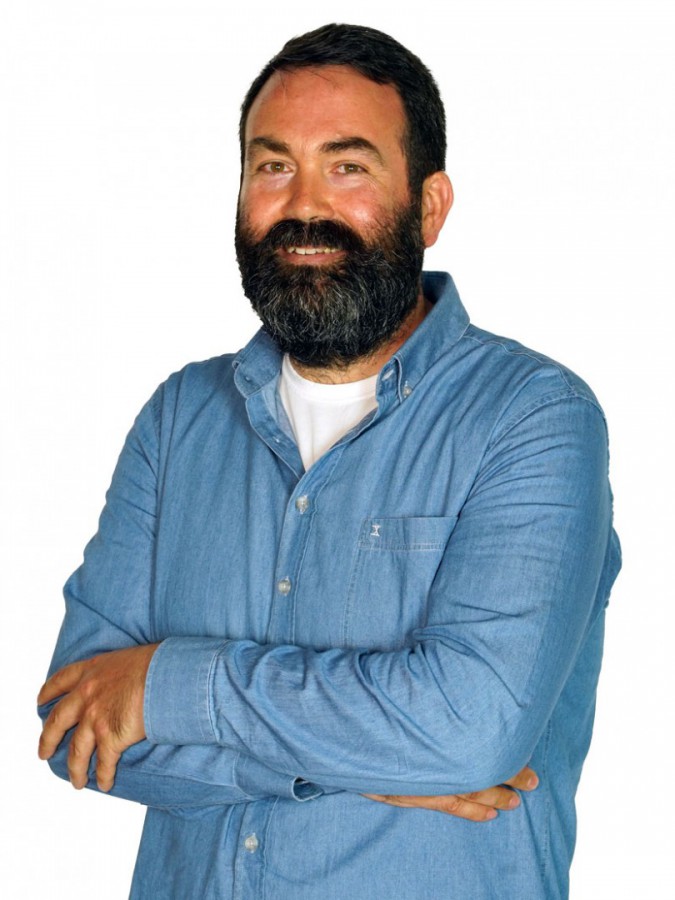resumo
Neural tissue-related illnesses have a high incidence and prevalence in society. Despite intensive research efforts to enhance the regeneration of neural cells into functional tissue, effective treatments are still unavailable. Here, a novel therapeutic approach based on vertically aligned carbon nanotube forests (VA-CNT forests) and periodic VA-CNT micropillars produced by thermal chemical vapor deposition is explored. In addition, honeycomb-like and flower-like morphologies are created. Initial viability testing reveals that NE-4C neural stem cells seeded on all morphologies survive and proliferate. In addition, free-standing VA-CNT forests and capillary-driven VA-CNT forests are created, with the latter demonstrating enhanced capacity to stimulate neuritogenesis and network formation under minimal differentiation medium conditions. This is attributed to the interaction between surface roughness and 3D-like morphology that mimics the native extracellular matrix, thus enhancing cellular attachment and communication. These findings provide a new avenue for the construction of electroresponsive scaffolds based on CNTs for neural tissue engineering.
palavras-chave
NEURITE OUTGROWTH; GROWTH; SCAFFOLDS; HYDROGELS; NEURONS; PROTEIN; REGENERATION; STIMULATION; FABRICATION; NANOFIBERS
categoria
Engineering; Science & Technology - Other Topics; Materials Science
autores
Nascimento, L; Fernandes, C; Silva, RM; Semitela, A; de Sousa, BM; Marques, PAAP; Vieira, SI; Silva, RF; Barroca, N; Gonçalves, G
nossos autores
Projectos
Collaboratory for Emerging Technologies, CoLab (EMERGING TECHNOLOGIES)
CICECO - Aveiro Institute of Materials (UIDB/50011/2020)
CICECO - Aveiro Institute of Materials (UIDP/50011/2020)
Associated Laboratory CICECO-Aveiro Institute of Materials (LA/P/0006/2020)
agradecimentos
G.G. gratefully acknowledges the Portuguese Science Foundation (FCT) for Programme Stimulus of Scientific Employment-Individual Support (CEECIND/01913/2017) and the financial support of project CARBONCT (2022.03596.PTDC). This work was supported by the European Union's Horizon 2020 research and innovation programme under grant agreement No 829060 and the Portuguese following funding: UIDB/00481/2020 and UIDP/00481/2020 - Fundacao para a Ciencia e a Tecnologia (FCT) and CENTRO-01-0145-FEDER-022083 - Centro Portugal Regional Operational Programme (Centro2020) under the PORTUGAL 2020 Partnership Agreement, through the European Regional Development Fund. B.M.-d.S. acknowledges the financial support from FCT through the Ph.D. scholarship 2020.06525.BD. This work was also developed within the scope of the projects CICECO-Aveiro Institute of Materials, UIDB/50011/2020, UIDP/50011/2020 and LA/P/0006/2020, and the iBiMED-Institute of Biomedicine, UIDB/4501/2020 and UIDP/4501/2020, financed by national funds through the FCT/MCTES (PIDDAC). The authors also acknowledge the support of the the LiM Bioimaging Facility - a PPBI node (POCI-01-0145-FEDER-022122).




